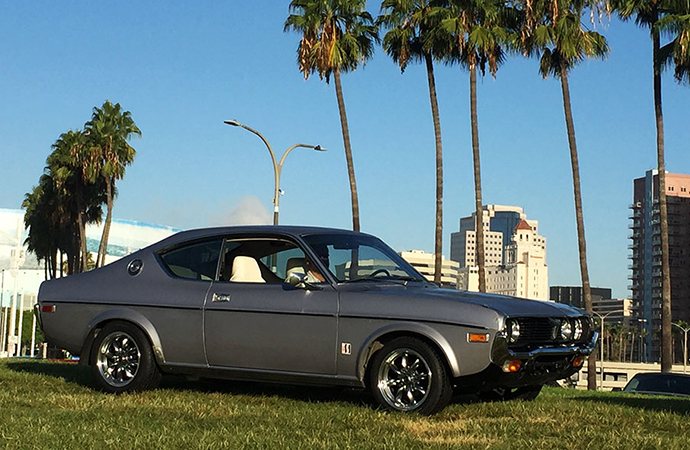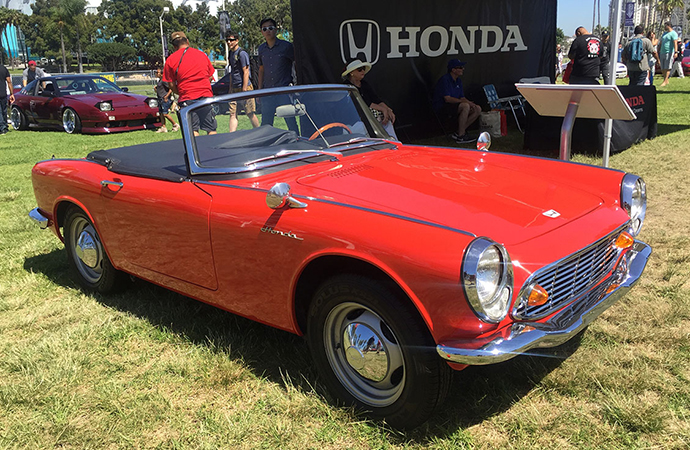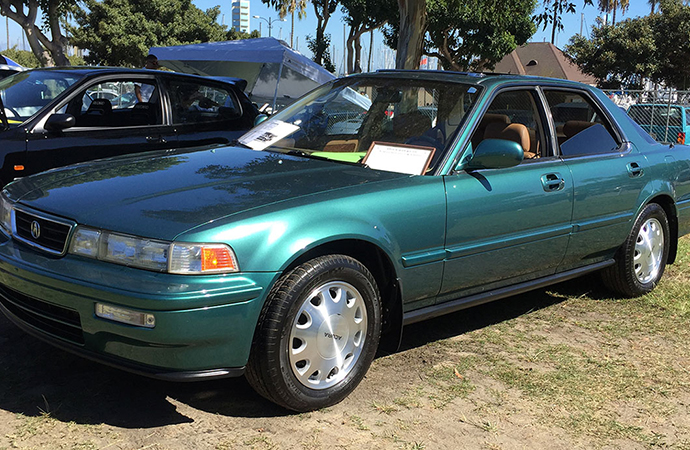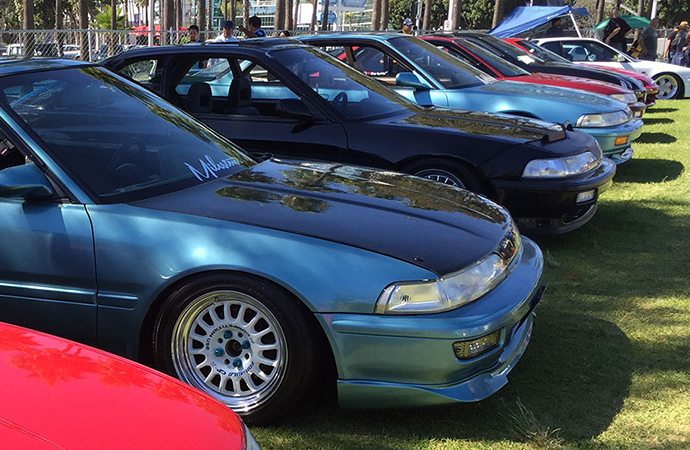Last weekend, I joined hundreds of participants at the Japanese Classic Car Show in Long Beach, California, the largest show dedicated specifically to Japanese classics in the Southwest — perhaps the country.
The lawn was loaded with Japan’s best creations: In all, about 150 Nissan/Datsuns, 87 Toyotas and about the same number of Hondas made up the majority of the field. Mazda, Mitsubishi and Subaru were also represented and there was even a lonely Isuzu in the mix. Some were stock while others were highly modified.

The show has been expanded since the inaugural event 14 years ago. It used to be that showing a 1990s car required special approval as the cutoff for allowed model years was 1985. Now, just about anything Japanese up to and including 1995 is eligible. The change comes at a time when so many events, including Radwood shows and the recent Japanese Automotive Invitational, are recognizing cars from the ’80s and ’90s.
The show was executed to near-perfection. It started and ended on time and the roll-in and staging were done in an orderly fashion. Volunteers guided incoming vehicles to their respective assigned areas, but the traffic jam at the gate (and on the grounds) was definitely more than the Marina Green typically sees at 7 a.m. on a Saturday.

Patrick Strong — who heads the Togue California vintage Japanese car rally — acted as the master of ceremonies, spotlighting key exhibitors, reading off prize-winning raffle tickets and conducting the awards presentation.
As the day pressed on, I enjoyed bumping into some of the many people who make the automotive hobby such a rewarding pastime — friends from the Honda community poured in and it became a bit of a reunion.
“How do you keep it smelling like that?” an attendee asked after poking his head into my 1994 Acura Vigor. “What do you mean?” I asked. “It smells just like an old Honda. It reminds me of one I used to have,” he said. As it turns out, the “old Honda” smell conversation came up more than once.

Car shows aren’t always about coming home with hardware, but it’s rewarding when judges recognize exceptional vehicles. Winning honors in the Neo Honda and Acura category were Rob Pia with his 1994 Legend LS sedan and Leon Palassanian with his 2001 Integra Type-R. While Palassanian’s Integra technically fell beyond the 1995 model year cutoff, it was deemed eligible because the generation began in 1994.
Plus, with only 30,000 original miles on the odometer, it was a showstopper and a crowd-pleaser. It was one of two Type-R models on the show field. The other was a white Canadian-spec model.
I wrapped up my trip by chauffeuring a friend to Palm Springs before pressing on to Phoenix. The late-night drive was made better with Paula Abdul’s Straight Up on the stereo — via cassette tape adapter, of course. It only seems fitting that a 1988 song accompany me home from what was an incredible day embracing an iconic era for Japanese automobiles.





